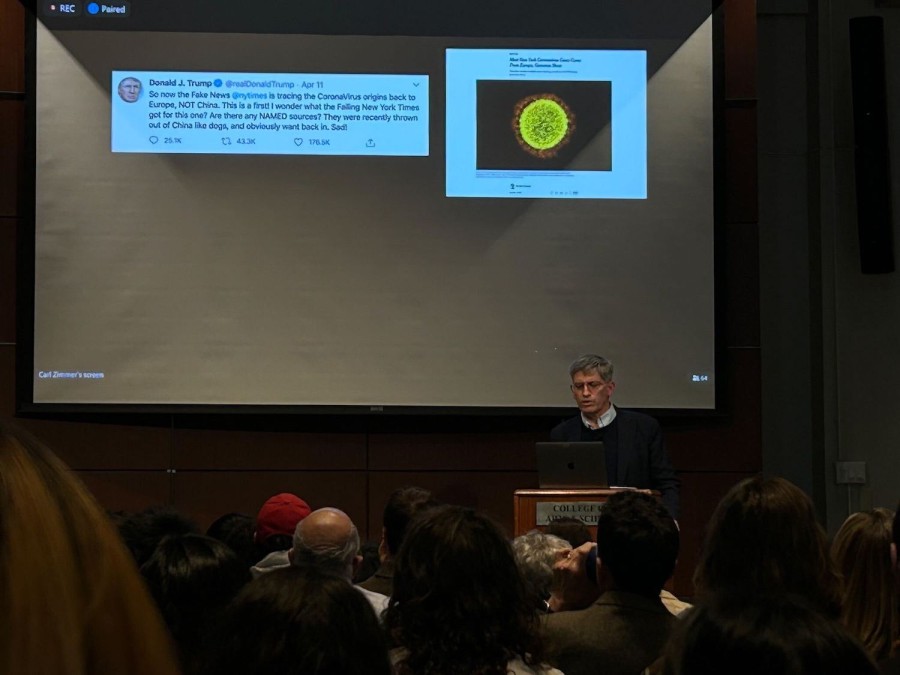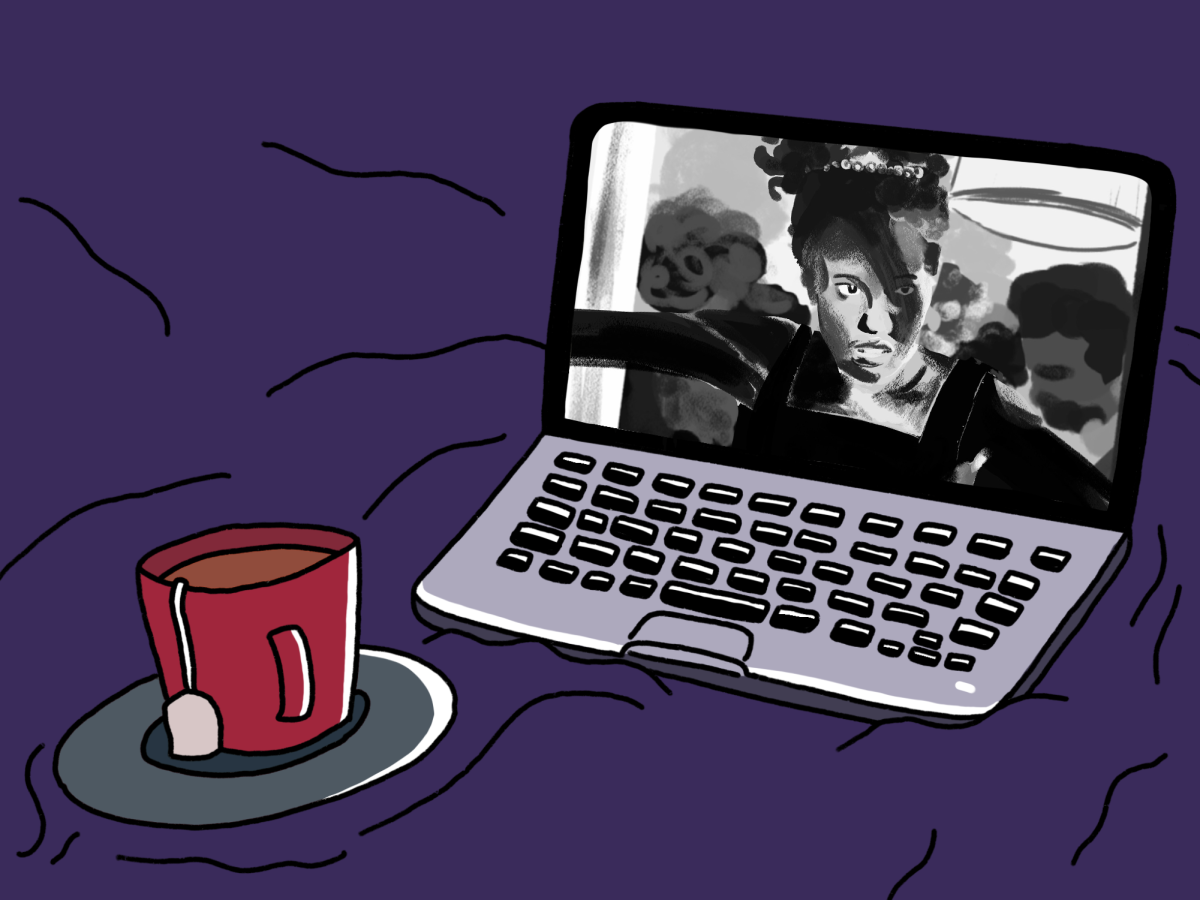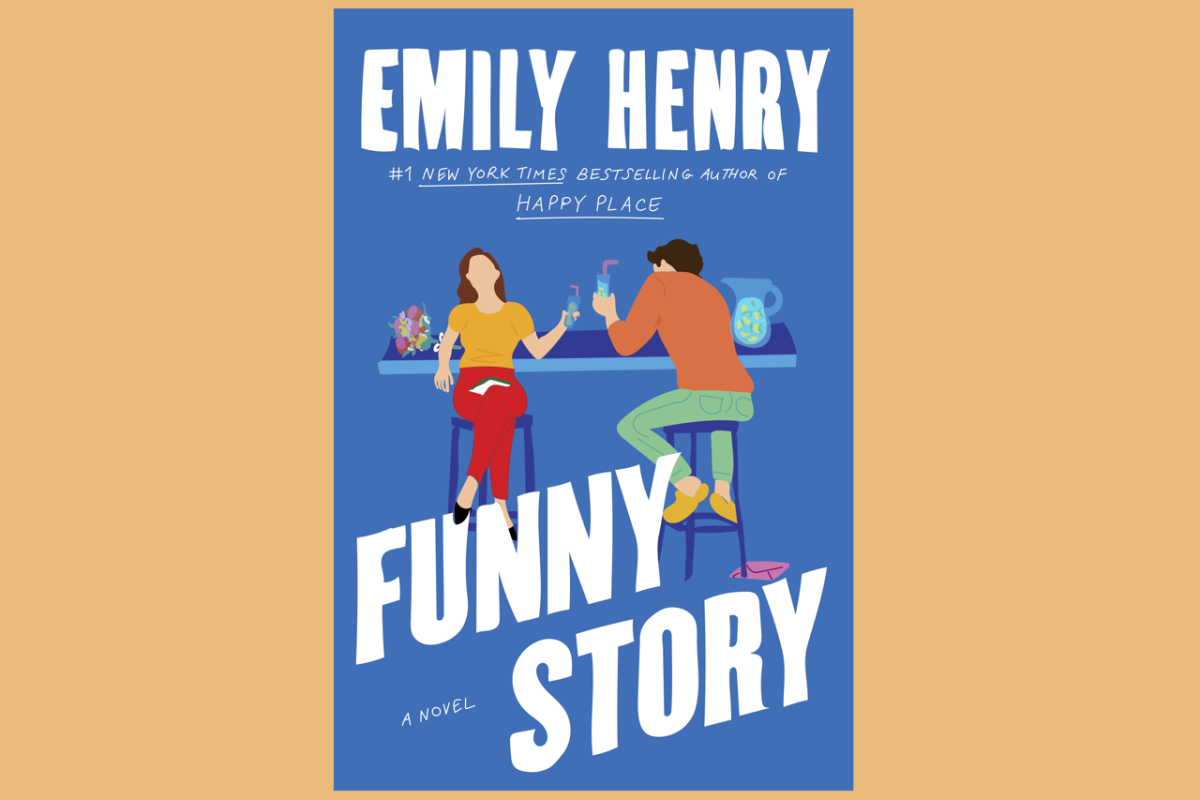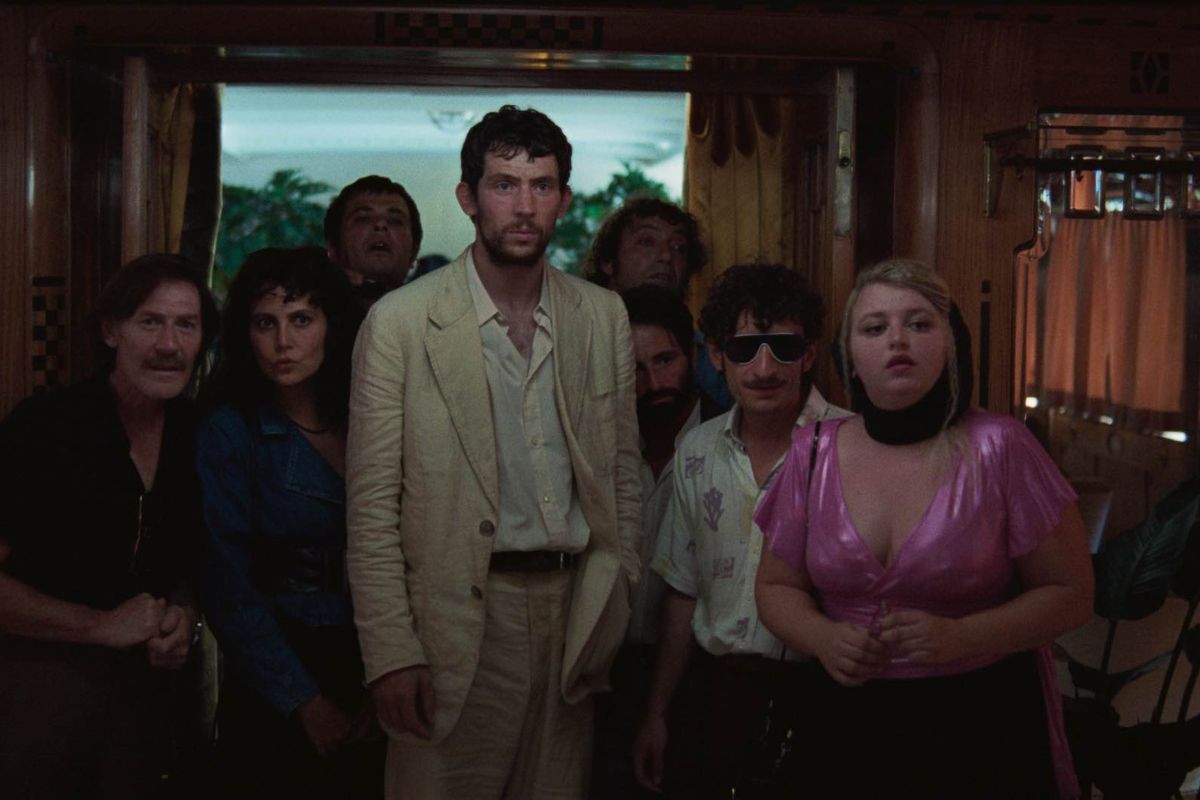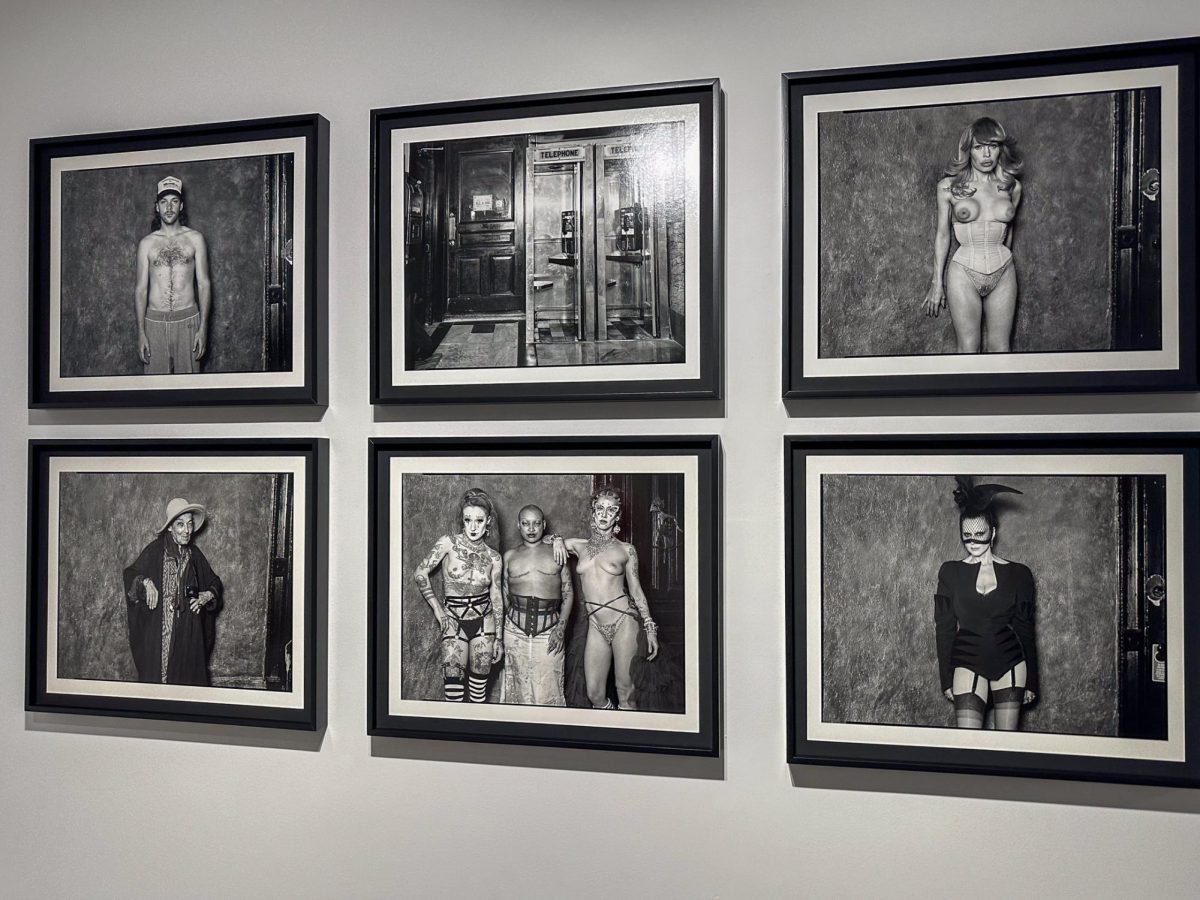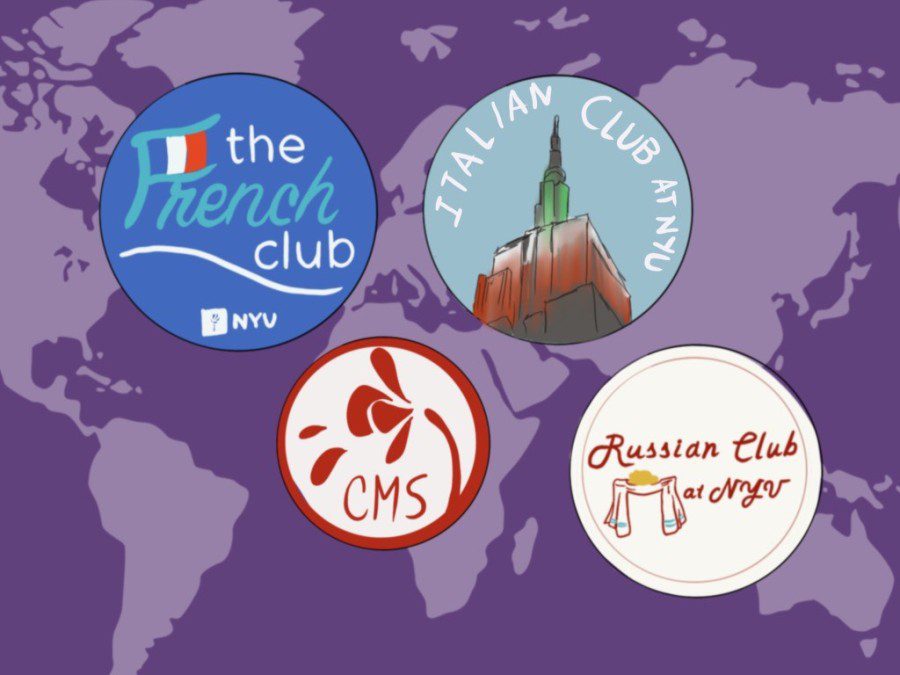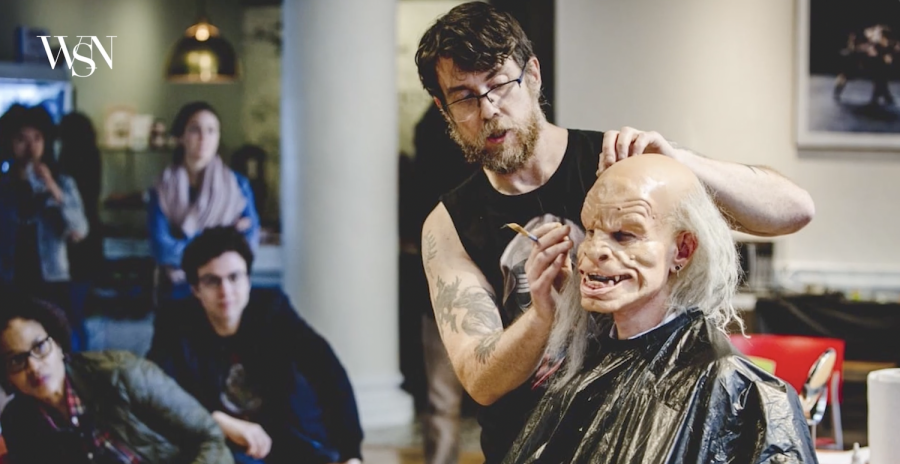A Renaissance in Independent Filmmaking
April 5, 2018
Your favorite movie from the past five years almost wasn’t made. Luckily, it was, thanks to the growing independent studios that put it in theaters.
It is likely that some of your most critical film viewings have occurred from the comfort of your own home. With the advent of the home video market, movie lovers and casual viewers alike began either buying or renting VHS tapes and DVDs to watch anything from old favorites to classic cinema standards. From then to now, the market has evolved – as cable-provided Video On Demand libraries grew and streaming services emerged, it became easier than ever to watch nearly any film without leaving your couch.
However, this shift in the viewing experience has caused the industry to suffer. In recent years, the mid-budget film has become less and less financially viable. Even Steven Spielberg’s “Lincoln,” came this close to becoming an HBO release due to its $65 million budget. Less people are going to the movies. Unless it’s an over $200 million blockbuster – likely mammoth a part of a huge franchise or a Twilight sequel – it doesn’t make sense to distribute in theaters, where ticket prices are ever-increasing in an attempt to mediate costs.
Thus, the rise of independent cinema began. However, it is not a new phenomenon. In fact, this movement has existed since the invention of motion pictures, but officially became a cinematic institution in the ’80s and ’90s with the emergence of festivals like the Sundance Film Festival and the mainstream success of indie studios like Miramax.
But as the market has evolved from studio-dictated viewing experiences at the theater to accommodate more niche audiences through home viewing, low-budget – $2 million or lower – handmade films have become the more financially viable options for streaming services and studio distributors alike. That is, until recent years, when new school studios like A24 (“Lady Bird” and “Moonlight”), Annapurna (“Phantom Thread,” “American Hustle” and “Her”) and Neon (“I, Tonya” and “Gemini”) started changing the game. Of course, A24’s first Academy Award for best picture win in 2017, “Moonlight,” only had a $1.5 million budget. But this success has only situated them within the industry to take on mid-budget projects like the $15 million “Ex Machina” and the $10 million “Lady Bird,” which won a host of awards including best picture comedy at the 2018 Golden Globes. The Blumhouse-backed success story “Get Out,” which won Jordan Peele a best original screenplay Academy Award, cost $4.5 million to make — technically making it a mid-budget film.
A24, in particular, has become the new Miramax for an upcoming generation of film fans. The company’s Twitter has over a million followers, more than twice as many as masterpiece Oscar-winning studios Focus Features and Fox Searchlight. Social media is quite integral to the approach of new independent studios like A24 and Neon. A24 pioneered this guerilla marketing approach with its campaign for Harmony Korine’s “Spring Breakers” back in 2013, where advertisements featured bikini-clad Disney stars Selena Gomez and Vanessa Hudgens. This approach proved successful, ultimately driving hoards of teens to see a distinctly Korine art house film that would likely have drawn less attention and success with an alternate marketing scheme.This upset some viewers, but that didn’t seem to bother those behind the project.
“It became clear when I spoke to the company’s employees, [that they] saw ‘Spring Breakers’ as a Trojan horse for progressive cinema,” David Ehrlich wrote in a profile of the company for Slate Magazine. “The company less concerned about the nine kids who found the film too weird than they were the one kid who went home and rented Gummo.”The choice to distribute in theaters was a risk, but it’s one that paid off, grossing over $30 million at the box office, six times that of the $5 million budget.
And perhaps NYU is the perfect incubator for independent studio fans. Bo Burnham, director of the July-slated A24 flick “Eighth Grade,” opened the second episode of A24’s new podcast greeting the 12 Gallatin students he joked to likely be the only people listening.
Even though A24’s films vary from middle school dramedy “Eighth Grade” to Ari Aster’s supernatural horror “Hereditary,” there is a certain aestheticism and cool-factor to the films that is both superimposed by their streamlined yet inventive marketing strategy that keeps its millennial and Generation Z fanbases coming back to the theater. Neon shares this mentality, often featuring its namesake neon hues in its advertisements for films like their most recent release “Gemini” and last summer’s “Ingrid Goes West.”
Of course, indie films are and always have been a staple of video on demand, and for low-budget films, this is an excellent opportunity for exposure. But the mid-budget film, most financially viable through theatrical release, is getting a second life through independent studios. And it’s through their revolutionary, social-media based marketing strategies that this is even possible.
A version of this article appeared in the Thursday, April 5 print edition. Email Natalie Whalen at [email protected].
























